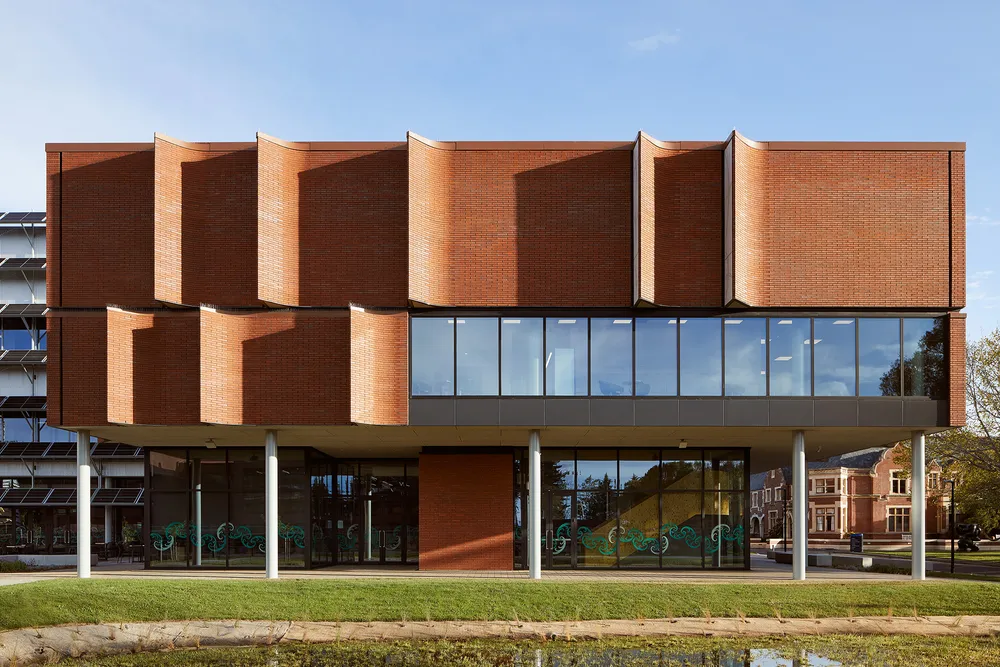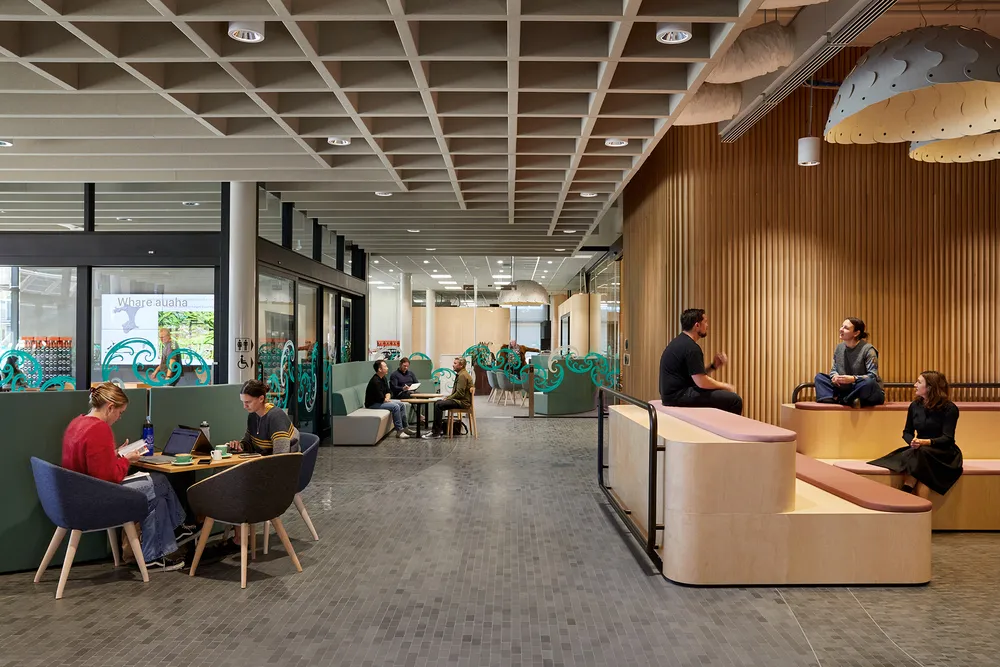NewsPerspectives
Closing the gap: Redefining architectural value in Design and Build

As Design and Build procurement accelerates across Australasia, architecture and design consultants are being asked to rethink their contribution. Too often, the relationship between architect and contractor begins too late, and is set up within a transactional contractual framework based more around risk management than focussing on what more meaningful partnership can deliver. Starting early and with greater alignment baked into the design and build model can deliver incredible outcomes creatively, technically and commercially.
The recent delivery of the globally recognised Lincoln University’s Science North building – Waimarie - demonstrates, that preconceptions of design and build do not have to be the reality.


Waimarie is a $90 million flagship science facility, forming the heart of Lincoln University’s academic rebuild. A technically demanding brief brought together teaching, research, and laboratory environments into a single, integrated facility. One that supports both high-performance science and a deep connection to the rural Canterbury landscape.
The complexity of the project cannot be overstated:
- Over 900 roof penetrations, coordinated across multiple service-intensive zones
- Demanding laboratory services and acoustic separation
- Complex seismic system
- Heavily serviced laboratories
It was precisely the kind of project where Design and Build could thrive - if the methodology was matched with the right delivery model.
Designing the conditions for certainty
At the heart of Waimarie’s success was a rethinking of what the detailed design phase could achieve. Rather than compressing documentation between novation and construction, Warren and Mahoney proposed a 10-month detailed design window, extending far beyond the typical 25-week timeline, and used this time to integrate seven major trades directly into the design process.
Trades including structure, services, façades, seismic, and passive fire contributed directly to the coordinated model, producing shop-level inputs under Warren and Mahoney’s BIM management leadership. This wasn’t traditional consultant coordination. It was a progressive integration of construction knowledge into design development.
The resulting model and documentation were not only fully buildable, they minimised friction throughout the construction phase ensuring the team could focus on what was important, quality, time and cost with greater certainty.
Trading scope, not quality
To enable this approach within the existing budget, Warren and Mahoney realigned their scope -reducing CM-level site presence and transferring that value into the front-end detailed design. The net fee didn’t increase, but the timing and type of input shifted to better align with delivery needs.
The outcomes were compelling:
- Only 45 site visits were required across the build, despite 90 being allowed
- An average of just three RFIs per week, across all trades, most related to construction clarification, not design errors
- Smooth delivery on time and on budget, despite significant COVID lockdown disruptions
- Recognised as best in category at the World Architecture Festival and a regional Innovation in Collaboration Award
Integration over interruption
Waimarie illustrates that architects can be more than documenters of design intent - they can be integrators of delivery knowledge. By softening the space between documentation and procurement, Warren and Mahoney enabled a shared digital environment where scope, risk, and constructability were resolved upstream.
This wasn’t about offering more; it was about offering better-aligned value at the right moment in the process.
Agility at scale
Warren and Mahoney’s ability to offer this model came not from reducing scope, but from shaping their offer to suit the project and contractor. Their scale enabled the inclusion of BIM, sustainability, and sector-specific experts, not as a rigid overhead, but as flexible design dials that could be turned up or down depending on client priorities, programme, and budget.
This kind of agility, applied with strategic clarity, turns perception on its head. Far from being costly or inflexible, Waimarie demonstrates that architects can be the partner who reduces variation, accelerates resolution, and ensures that what gets built is what was intended.
A model for the future
The Waimarie project doesn’t just stand as a success, it stands as a model for what Design and Build can be when the architect is embedded, trusted, proactive, and aligned.
With the right methodology, and the right partners, the design phase becomes the delivery phase, and the process becomes not a hurdle, but an enabler.
Design and Build is here to stay. And when it’s done right, so is architectural value.